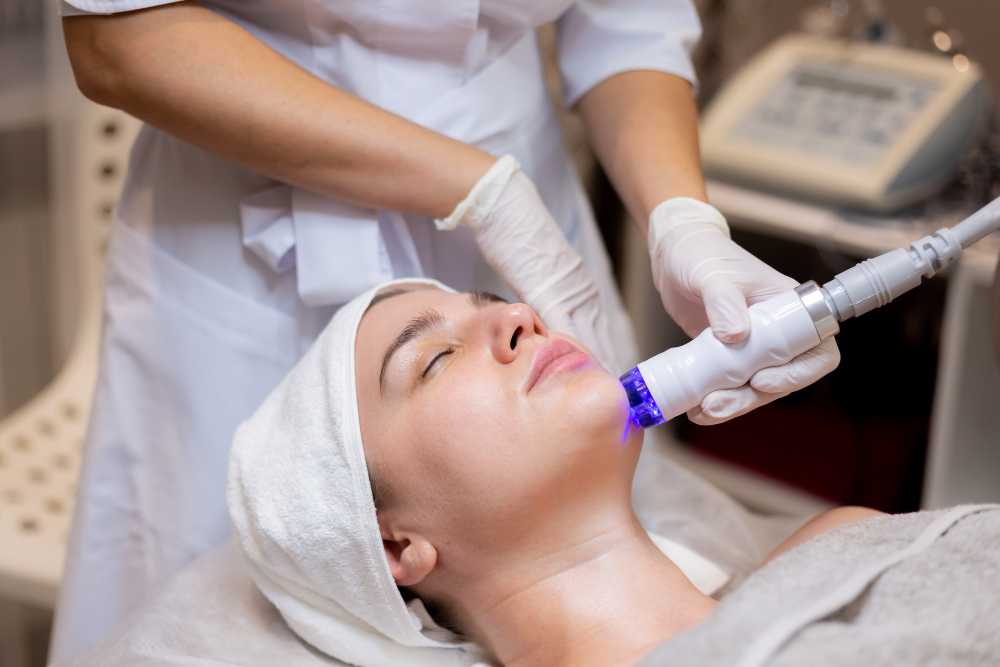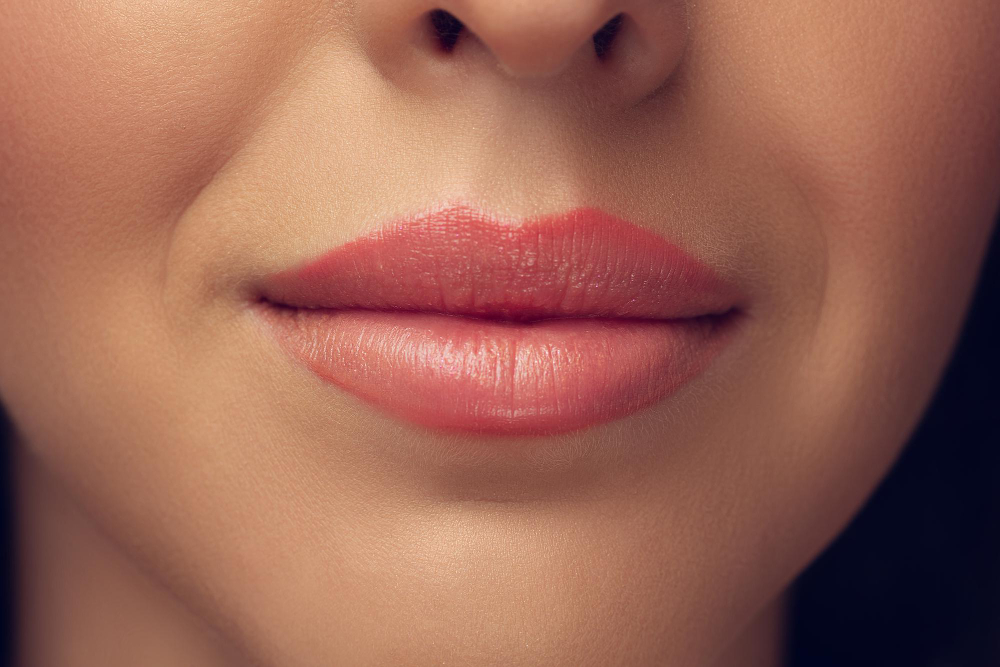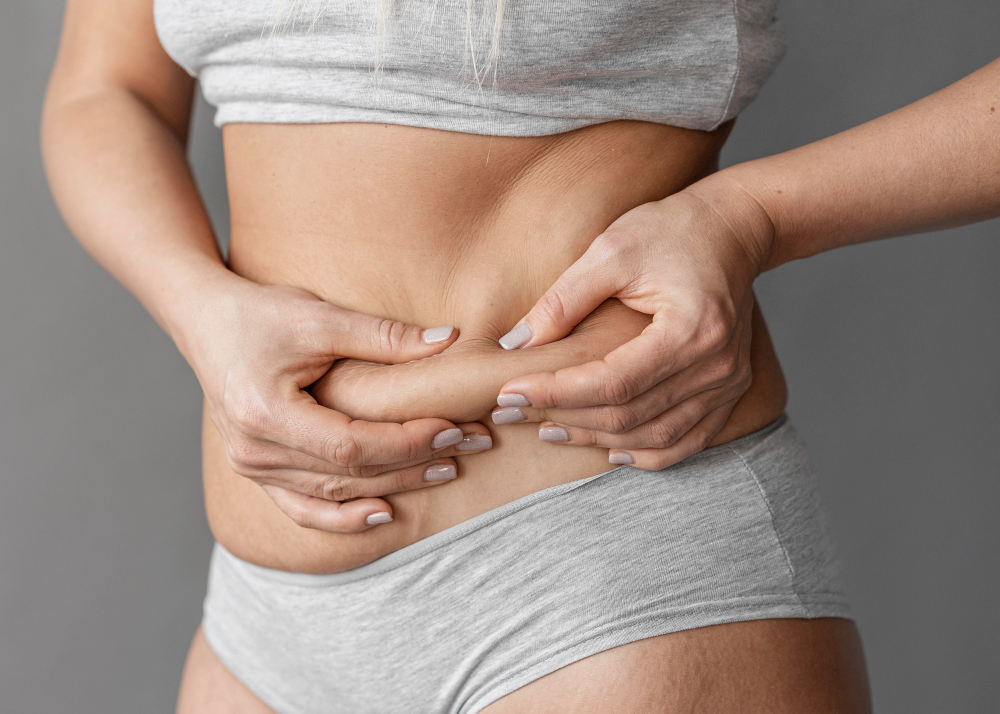Platelet-rich plasma (PRP) therapy has been gaining popularity as a non-surgical treatment for a variety of cosmetic and medical conditions. In particular, PRP therapy for the face, also known as “face PRP,” has been touted as a natural, safe, and effective way to rejuvenate the skin and promote a more youthful appearance. In this blog, we’ll explore the benefits of face PRP, how the procedure works, and what to expect during and after treatment.
What is Face PRP?
Face PRP is a cosmetic treatment that involves using a patient’s own blood plasma to promote healing and rejuvenation of the skin. The plasma contains a high concentration of platelets, which are known to contain growth factors that can stimulate tissue repair and regeneration.
The PRP is obtained by drawing a small amount of blood from the patient and processing it in a centrifuge to separate the platelets from the other components of the blood. The resulting platelet-rich plasma is then injected into specific areas of the face to promote collagen production, improve skin texture and tone, and reduce the appearance of fine lines and wrinkles.
What are the Benefits of Face PRP?
Face PRP has several benefits, including:
- Natural and Safe: Because the treatment uses a patient’s own blood plasma, there is little risk of an allergic reaction or other adverse side effects.
- Non-Surgical: Face PRP is a non-surgical procedure, which means there is no downtime or recovery period.
- Rejuvenating: The growth factors in the PRP stimulate collagen production, which can improve skin texture, tone, and firmness. This can result in a more youthful appearance.
- Versatile: Face PRP can be used to treat a variety of skin concerns, including fine lines, wrinkles, sun damage, and acne scarring.
How is Face PRP Performed?
The face PRP procedure typically involves the following steps:
- Consultation: Before the procedure, the patient will meet with a qualified healthcare provider to discuss their skin concerns and determine if face PRP is the right treatment for them.
- Blood Draw: A small amount of blood is drawn from the patient’s arm, just like a routine blood test.
- PRP Processing: The blood is placed in a centrifuge and spun to separate the platelet-rich plasma from the other components of the blood.
- Injection: The PRP is injected into specific areas of the face using a fine needle. The injection sites may be numbed with a topical anesthetic to minimize discomfort.
- Post-Treatment Care: After the procedure, the patient may experience mild swelling, bruising, or redness at the injection sites. They will be advised to avoid direct sunlight and strenuous activity for a few days after treatment.
What Results Can I Expect from Face PRP?
The results of face PRP can vary depending on the individual and their skin concerns. Some patients may see an improvement in skin texture and tone immediately after the procedure, while others may notice gradual improvements over the following weeks and months.
The effects of face PRP can last for up to 18 months, although some patients may require more frequent treatments to maintain their desired results. It is important to note that face PRP is not a one-time “fix” for skin concerns, but rather a ongoing treatment that can help to promote overall skin health and rejuvenation.
Face PRP is a safe and effective non-surgical treatment for a variety of skin concerns, including fine lines, wrinkles, sun damage, and acne scarring. If you are considering face PRP, it is important to work with a qualified healthcare provider who has experience performing the procedure. They can help you determine if face PRP is right for you and develop a treatment.





